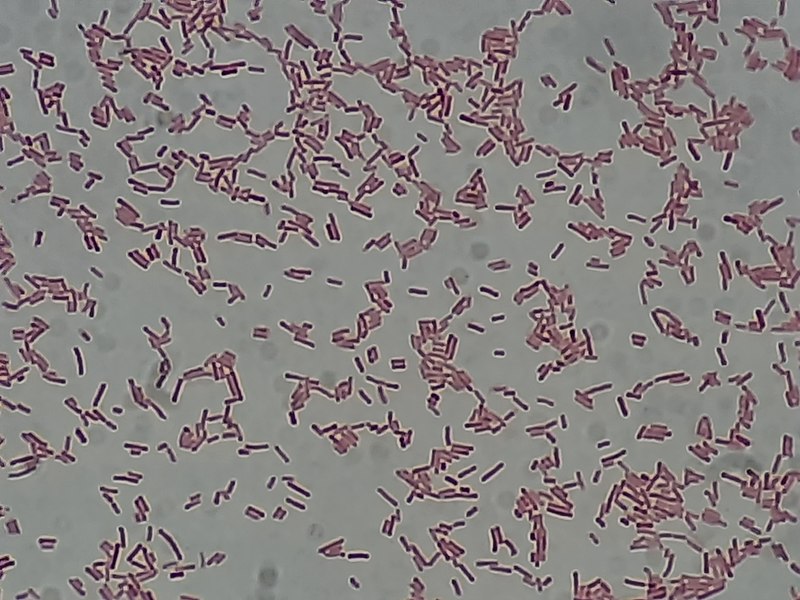According to Kevin Davies, author of “The $1000 Genome” and “Cracking the Genome,” and founding editor of Nature Genetics and Bio-IT World, a company called BGI has debuted a new desktop DNA sequencing technology, the BGISEQ 500, that employs the Complete Genomics industry-leading sequencing technology.
BGISEQ-5000 is known as an integrated desktop DNA sequencing solution that automates sample preparation, sequencing, and data analysis. One example of an application is the noninvasive prenatal test called NIFTY, which runs 16 to 192 samples. The machine will debut at the upcoming 10th International Conference on Genomics in Shenzen, China in October 2015.
BGI is not the first or only company to build a desktop DNA sequencer. Others include Illumina (ILMN), Life Technologies (LIFE) and GnuBIO, all of which already have desktop DNA sequencers on the market. A single DNA sequencing run creates gigabase to terabase sized amounts of data.
New Frontiers: Desktop DNA Sequencing
In fact, small next-generation USB-powered DNA sequencers are now being used in DNA sequencing. DNA data is created at a rate of nearly a gigabyte per second per node.
One example of how DNA sequencing can help patients is in detecting Sudden Cardiac Death or SCD. According to industry watchers, patients may soon have access to their own DNA desktop sequencer to detect abnormalities in biopsies or use nano pour membranes and sequencing software to assess our DNA samples at local drugstores.
Identifying New Viruses with Desktop DNA Sequencing
New desktop DNA sequencers will revolutionize biology and medical diagnostics as well. For example, when there is an outbreak of a new flu virus, as happened with bats several years ago and required two years to identify, future outbreaks may be identified in a matter of days.
The New Desktop Revolution: Creating New Organisms
Finally, as the following video shows, researchers and scientists are gnawing at the bit at the opportunity presented by superfast DNA sequencing. A new cottage industry of DNA hacking and creating new organisms is likely to sprout up over the next decade.






